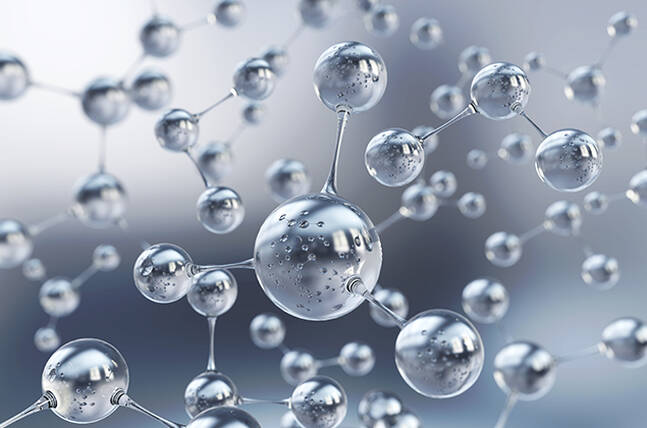In recent years, face icing has become a popular trend in the world of skincare. This practice involves applying ice or a cold object to the face in order to improve skin health and appearance. While some people swear by the benefits of face icing, others are skeptical about whether it actually works. In this article, we’ll explore the concept of face icing and whether it’s worth trying for yourself.
What is Face Icing?
Face icing involves applying ice or a cold object to the face for a short period of time. This can be done by using an ice cube wrapped in a cloth, a cold spoon, or a specialized face icing tool. The idea behind this practice is that the cold temperature helps to reduce inflammation, tighten pores, and improve blood circulation in the skin.
Benefits of Face Icing
There are several benefits that proponents of face icing claim. These include:
- Reduced inflammation: Cold temperatures can help to reduce inflammation and redness in the skin. This can be especially helpful for people who suffer from conditions like acne, rosacea, or eczema.
- Tighter pores: Cold temperatures can also help to tighten pores, making them less visible and reducing the appearance of blemishes.
- Improved blood circulation: Cold temperatures can stimulate blood flow to the skin, which can help to improve skin tone and texture.
- Reduced puffiness: Applying cold temperatures to the face can help to reduce puffiness and swelling, especially around the eyes.
- Brighter complexion: The increased blood circulation and reduced inflammation that come from face icing can lead to a brighter, more radiant complexion.
Is Face Icing Effective?
While there is some anecdotal evidence to suggest that face icing can be effective, there is limited scientific research to back up these claims. However, there is some evidence to suggest that cold temperatures can have a beneficial effect on the skin.
For example, a study published in the Journal of Investigative Dermatology found that cold temperatures can help to improve skin barrier function, which is important for maintaining healthy skin. Another study published in the Journal of Cosmetic Dermatology found that cryotherapy (the use of extreme cold to treat various skin conditions) can help to improve skin firmness and elasticity.
While these studies don’t specifically address the benefits of face icing, they do suggest that cold temperatures can have a positive effect on the skin. However, it’s important to note that everyone’s skin is different, and what works for one person may not work for another.
Cautions of Face Icing
While face icing is generally considered safe, there are a few things to keep in mind:
- Don’t apply ice directly to the skin: Always wrap the ice or cold object in a cloth before applying it to the face. Direct contact with ice can cause damage to the skin.
- Don’t overdo it: Limit face icing sessions to a few minutes at a time, and don’t do it too frequently. Over-icing can cause skin damage and irritation.
- Don’t use ice if you have certain skin conditions: If you have a condition like rosacea or eczema, face icing may worsen your symptoms. Consult with a dermatologist before trying this practice.
wellhealthorganic.com:amazing-beauty-tips-of-ice-cube-will-make-you-beautiful-and-young
Conclusion
While face icing may not be a miracle cure for all your skin woes, it can be a helpful addition to your skincare routine. The cold temperature can help to reduce inflammation, tighten pores, and improve blood circulation in the skin. However, it’s important to keep in mind that everyone’s skin is different, and what works for one person may not work for another. As always, consult with a dermatologist or skincare professional before trying a new skincare practice.




